Crypto oracles provide blockchain systems with external data, enabling complex smart contracts. Explore how this bridge to reality transforms decentralized finance and beyond.
Introduction
OK Computer… let’s imagine you’re a developer who’s created a smart contract that’s living on a blockchain like Ethereum or Cardano. It’s really good at executing pre-programmed instructions on-chain, but it’s sandboxed and can only react to conditions that occur on-chain, and has no idea what’s happening in the outside world.
So you need real-world data to make its way on-chain and into Web3 in real-time: that’s where crypto oracles come in – they are your eyes and ears to the real world, feeding you the information you need to make decisions and take actions.
Crypto oracles, also known as blockchain oracles, are a vital component in the blockchain machinery. They solve a critical problem: how do you get real-world data into a closed blockchain system? Without oracles, smart contracts would be like computers without an internet connection – functional, but severely limited in what they can do.
What Exactly are Blockchain Oracles?
At their core, blockchain oracles are simply data feeds. They act as bridges between blockchains and the outside world, allowing smart contracts to access and respond to real-world information. But oracles aren’t just simple data pipelines – they’re responsible for querying, verifying, and authenticating external data before delivering it to smart contracts.
Think of oracles as trusted messengers. When a smart contract needs to know something about the outside world – like the current price of Bitcoin, the winner of an election, or whether it rained in New York today – it sends out a request. The oracle then goes out, gathers that information from reliable sources, makes sure it’s accurate, and brings it back to the smart contract.
This might sound simple, but it’s a crucial function and very difficult to get right. Blockchains are designed to be closed systems for security reasons. This isolation is great for maintaining the integrity of the blockchain, but it also means that smart contracts can’t naturally interact with anything outside their network. Oracles solve this problem, allowing smart contracts to respond to real-world events and conditions.
The importance of oracles becomes clear when you consider the potential applications. With access to real-world data, smart contracts can:
- Execute trades based on market conditions
- Release insurance payouts when certain events occur
- Adjust supply chain operations based on real-time information
- Settle bets on real-world outcomes
By providing this vital link to external data, oracles dramatically expand what’s possible with blockchain technology. They’re a key component in creating what’s often called the ‘verifiable web’ – a system where users can understand exactly what’s happening within an application and maintain control over their assets, all while interacting with real-world data and events.
How Do Blockchain Oracles Work?
Let’s break down the process of how an oracle typically operates:
- Data Request: A smart contract says, “Hey, I need some information!”
- Oracle Activation: The oracle perks up its ears and says, “I’m on it!”
- Data Collection: The oracle goes out into the world (or the internet) to find the requested information.
- Data Verification: The oracle checks and double-checks that the information is correct.
- Data Transmission: The oracle sends the verified information back to the smart contract.
- Smart Contract Execution: The smart contract says, “Thanks! Now I can do my job,” and executes based on the received data.
Some advanced oracle systems, like Chainlink, use a more complex process involving multiple sub-contracts to ensure data reliability and security. It’s like having a team of fact-checkers instead of relying on a single source.
An Oracle For Every Occasion
Just as there are many types of information in the world, there are various types of blockchain oracles:
- Software Oracles: These pull data from online sources like websites, databases, and servers. They’re the go-to for things like price feeds, exchange rates, and digital information.
- Hardware Oracles: These are the real-world explorers. They interface with the physical world, collecting data from things like sensors, barcode scanners, or other IoT devices. Imagine a smart contract that needs to know the temperature in a shipment of vaccines – that’s where a hardware oracle would come in handy.
- Human Oracles: Sometimes, you just need a human touch. These oracles rely on human judges to provide information. They’re useful for things that require human judgment or interpretation.
- Inbound and Outbound Oracles: Inbound oracles are like importers, bringing external data onto the blockchain. Outbound oracles are exporters, capable of sending information from the blockchain to the outside world.
- Compute-Enabled Oracles: These are the brainiacs of the oracle world. They perform complex computations off-chain and deliver the results to smart contracts, enabling more advanced functionalities.
- Cross-Chain Oracles: These are the diplomats, facilitating communication and asset transfers between different blockchain networks.
Overcoming the Oracle’s Dilemma
While oracles are incredibly useful, they’re not without their challenges. The main issue is known as ‘the oracle problem’, (like crypto’s Byzantine General Problem) and it boils down to this: How can we trust that the data provided by oracles is accurate and hasn’t been tampered with?
This is a big deal because oracles are essentially reintroducing an element of trust into a system designed to be trustless and without the need for an intermediary. If an oracle is compromised, it could feed false information to a smart contract, potentially leading to significant losses or other issues.
To tackle this problem, the blockchain community has come up with several solutions:
- Decentralized Oracle Networks: Instead of relying on a single oracle, these networks use multiple independent nodes to fetch and verify data. It’s like getting a second (and third, and fourth) opinion.
- Reputation Systems: These keep track of oracles’ past performance, helping users choose reliable data providers. It’s like a Yelp for oracles.
- Crypto-Economic Incentives: These systems reward honest behavior and penalize dishonesty within the oracle network, creating a financial incentive for oracles to stay truthful.
- Hardware-Based Security: Some oracles use secure hardware components to protect the integrity of data processing, adding an extra layer of security.
Real-World Oracle Use Cases
The applications of blockchain oracles are vast and growing. Here are some areas where oracles are making a big impact:
- Decentralized Finance (DeFi): Oracles are the lifeblood of DeFi, providing price feeds and market data. Without oracles, decentralized exchanges, lending platforms, and synthetic asset protocols would be flying blind.
- Insurance: Smart contracts can use oracle data to automatically process claims. Imagine an insurance policy that pays out automatically if your flight is delayed – that’s the power of oracles in insurance.
- Gaming and NFTs: Oracles enable the creation of dynamic NFTs that can change based on real-world events. They also provide verifiable randomness for blockchain-based games, ensuring fair play.
- Supply Chain Management: Oracles can feed IoT sensor data into blockchain systems, enabling real-time tracking and verification of goods. This can help in everything from ensuring the food is fresh to verifying luxury handbags are authentic.
- Prediction Markets: Crypto betting platforms rely on oracles to determine the outcomes of events and settle bets accordingly. Whether it’s predicting election outcomes or sports results, oracles play a crucial role (and hacking or duping the oracle could make a cybercriminal millions!)
- Cross-Chain Interoperability: Oracles facilitate communication and asset transfers between different blockchain networks, helping to create a more interconnected blockchain ecosystem.
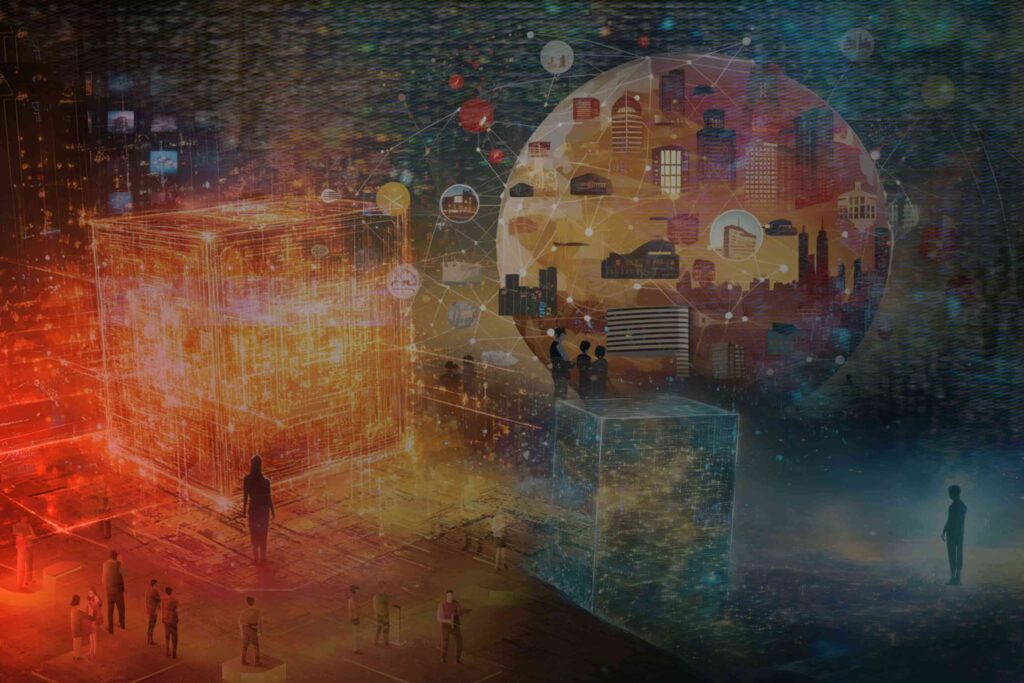
The Oracle All-Stars: Leading Projects
Let’s look at the projects that lead the pack among blockchain oracle solutions:
- Chainlink (LINK): The heavyweight champion of the oracle world, Chainlink is widely adopted and provides data feeds for a vast array of blockchain applications.
- Pyth Network (PYTH): This Solana-native newcomer specializes in high-fidelity, real-time financial market data. It markets itself as a next-gen version of LINK and has been getting a lot of adoption
- UMA (UMA): UMA offers oracle solutions for DeFi products and synthetic assets. They’ve introduced the concept of ‘optimistic oracles’, which assume data are correct unless challenged.
- API3 (API3): This project focuses on direct API integration with smart contracts, aiming to cut out the middleman in the data delivery process.
- Band Protocol (BAND): A cross-chain data oracle platform, BAND has been around as long as Chainlink has. It enables smart contracts to interact with real-world data across different blockchains.
Honorable mention: Supra Oracle
The Future is Bright (and Data-Rich)
As blockchain technology continues to evolve, oracles will become even more critical. Here’s what we might see in the future:
- More sophisticated decentralized oracle networks with enhanced security and reliability. Some new chains like Sui and Aptos are already moving away from the industry-leading oracles and instead are building their own chain-specific oracles.
- Increased integration with IoT devices and real-world sensors, bringing more of the physical world onto the blockchain.
- Advanced cross-chain communication protocols enabled by oracles, creating a more interconnected blockchain ecosystem.
- The development of industry-specific oracle solutions tailored to particular use cases, from healthcare to real estate.
Wrapping Up
Blockchains compute on pure logic and mathematics, existing in the Platonic world of forms. Oracles bridge the gap to the big bad world of real data. They enable smart contracts to break free from their blockchain boundaries and interact with the world in many meaningful ways.
The oracle problem isn’t going away. As more money flows through systems that depend on oracles, more hackers will put more effort into duping the oracle to pay out on a losing horse. Ongoing innovation in oracle technology will be needed to address these issues. As we move towards a more interconnected and decentralized future, oracles will play a pivotal role in expanding the capabilities of blockchain systems, and fostering the growth of decentralized applications across various industries.
So the next time you use a DeFi application, play a blockchain game, use a Crypto AI product or interact with any smart contract that seems to magically know what’s happening in the real world, remember to tip your hat to the humble blockchain oracle. They’re the ones making the magic happen behind the scenes.
Let us know your thoughts! Sign up for a Mindplex account now, join our Telegram, or follow us on Twitter.


.png)

.png)


.png)
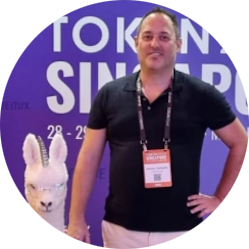
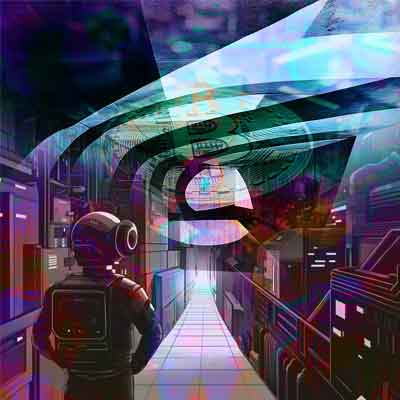

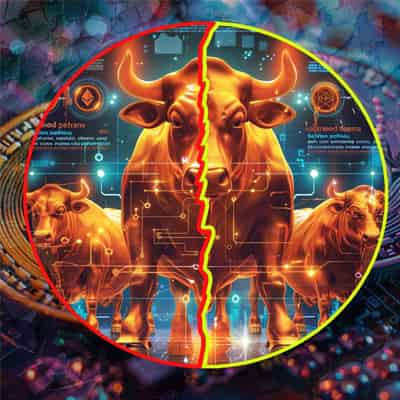
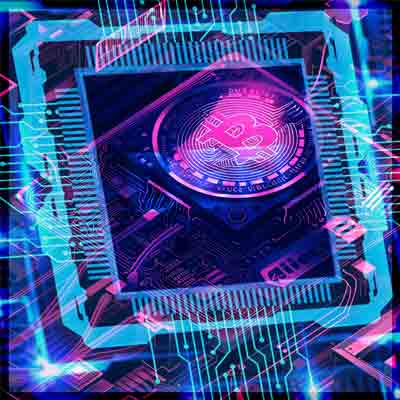












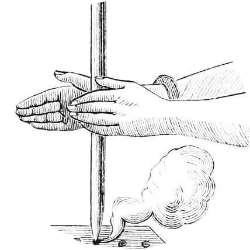


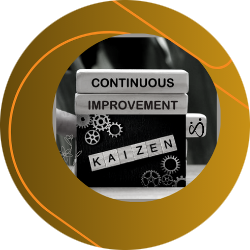

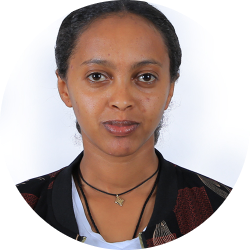
1 Comments
One thought on “What are Web3 Oracles? An Introduction”
Oracles are crucial for connecting blockchain to real-world data, but improving their security is key as decentralized systems grow.